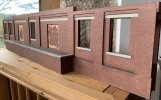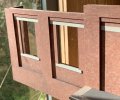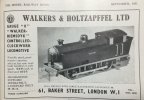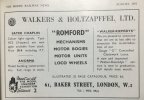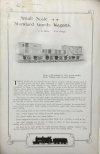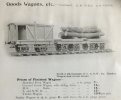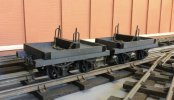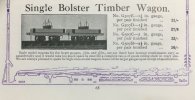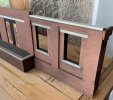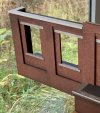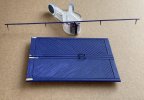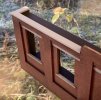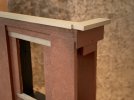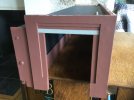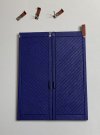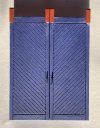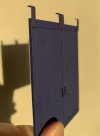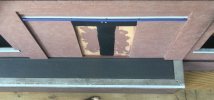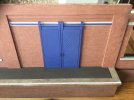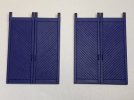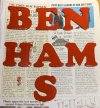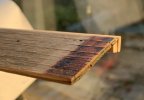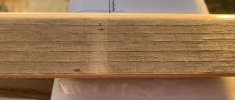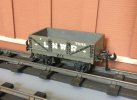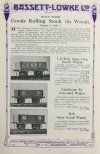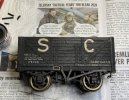Hardly any of the rolling stock I plan to use on Rivermead Central is new, or was new when I bought it. I do have one Bassett-Lowke tinplate brake van from the very end of that company’s 0 gauge range. This van must have been unsold stock when the retail side of the Bassett-Lowke business was closed down in the 1960s. I bought the van, as new, from the shop ‘Steam Age’ (in Abingdon Road, just off Kensington High Street) in about 1980; before I could take it out of its box, I had to cut the brown paper tape that had been used at the factory to fasten the box lid. That is an experience I will surely never have again.
No, most of the rolling stock I have is old, sometimes very old, and often it has been well used by previous owners. It is rare for a newly acquired wagon, coach or locomotive to need absolutely nothing done to it. As a minimum, careful cleaning is usually necessary. Commonly, repairs are required, such as replacing missing parts. I will undertake conservation work, to prevent further deterioration, if appropriate. Restoration too, sometimes. Each item is considered individually before deciding what work should be undertaken.
The first wagon in for repair in 2024 is a mineral wagon:
View attachment 205848
A twelve-ton, wooden bodied, end-door mineral wagon owned by Stephenson Clarke.
It’s an interesting model. The body is plywood and very well made. The hand lettering is exceptionally neat. There is no trade mark or maker’s name, but ‘10/-’ is written on the base. Both the professional-quality construction and it being priced show the wagon was commercially made. In fact, the construction of the brake gear is unmistakable. The wagon was undoubtedly made by A.W.H. Pealling. Although Pealling was still making wagons up to the 1960s, the price of ten shillings is surely too low for after WWII. On the basis of the price, a build date in the late 1930s seems likely. At this period, the London firm of Gresham Model Railways was retailing a range of wagons believed to have been made for it by Pealling. Stephenson & Clarke was included in Gresham’s list of ‘standard open wagons’. The advertised price was 10/6 (three shillings less without brakes, three shillings more with working brakes). Notwithstanding the discrepancy of 6d in the price between the Gresham adverts and my wagon, I would say my wagon was certainly made by Pealling, probably in the late 1930s, and possibly retailed by Gresham.
As acquired (some years ago), my Pealling mineral wagon was very dirty. It had an odd buffer and three matching ones — which were presumably original. Three parts were missing from the brake gear (two brake shoes and one lever pin-rack). So not a major job to get the wagon back into traffic.
I couldn’t find a buffer that matched the three similar ones on the wagon. The buffers were secured by being screwed into holes in the headstocks, so they were easily removed. I have sourced a matching set of four brass buffers, very similar to the type originally present. I will chemically blacken these before I fit them. I will also have to apply a little black paint to the headstocks as the buffer housings of the new buffers are of a very slightly smaller diameter than the housings of the original buffers. I have made replacements for the missing parts of the brake gear — top left, in the photo above. These will be glued in place.
I don’t like altering or replacing original parts in good condition. My Pealling wagon though has wheels that are slightly too fine to run reliably on my track. I am very keen to have a train of mineral wagons for my railway. The wheels are easily changed — the axleguards are each secured by two small screws. Replacing the wheels is a reversible change and the wagon will not be harmed. So, in the circumstances, I will fit different wheels. Bassett-Lowke sold very nice cast iron wagon wheels that were offered to allow upgrading of their own or other manufacturers’ wagons. These will be my first choice replacement wheels, but I will need to see what I have that fits.
